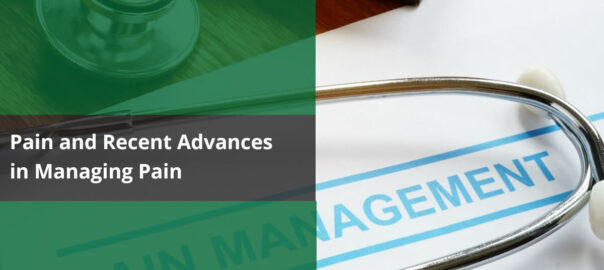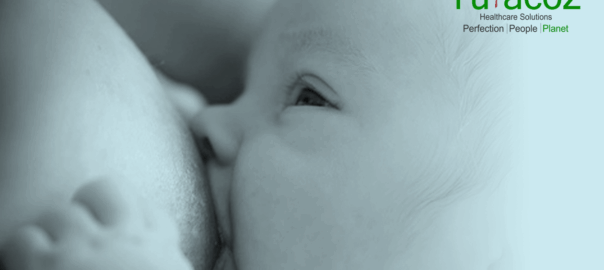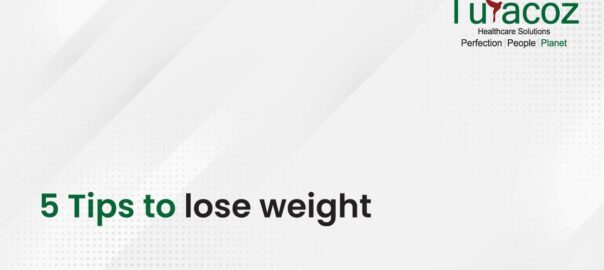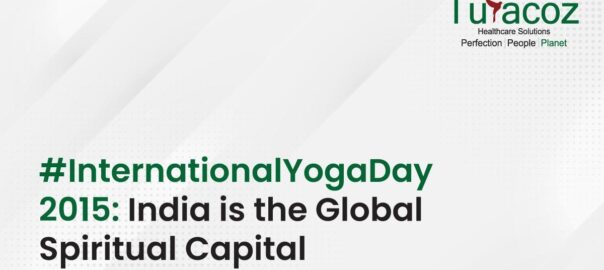What is pain?
Pain can be a displeasing and uncomfortable experience associated with possible damage to the body. The word ‘pain’ is derived from Latin literature, ‘poena’ meaning penalty or punishment. The majority describe it as an irritating, overwhelming, unpleasant, and terrible phase to go through. Most of us can recall visiting a medical chamber with different kinds of pain.
Let us dwell deeper into pain, based on time, intensity, location, and types.
- Duration of time:
Pain can be acute or chronic.
Acute – It is sudden, momentary, or a short period of fewer than 3 months.
Example- Pinprick, minor injuries
Chronic – It usually lasts longer than 3 months and more resistant to medical treatment with time.
Example- Arthritic pain, migraines
2. Intensity:
The feeling of pain can be mild, moderate, and severe measured on a pain scale of 0-10.
Although, the perception of intensity may differ among individuals. Severe pain for one felt as moderate by another.
Example- Minor fall from the cycle, major brain trauma
3. Location:
It can differ in locations. It can be anywhere from top to toe.
Ex- Back pain, knee pain, stomach pain
4. Types:
Pain can be superficial, deep, or psychogenic.
Superficial – Direct irritation (chemical/ mechanical/thermal/electrical) of the peripheral nerve endings in the superficial tissue.
Deep – Due to irritation of deep structures like the muscles, the tendons, the bones, the joints, and the viscera.
Psychogenic – Pain attributed to the processing of thoughts, mental and emotional state, or other unknown behavioral causes.
Can the tip of my shoulder be hurting? What else could be the reason for my pain?
So, let us discuss a bit more about pain and then go into how one can free themselves from pain and tips to manage pain!
Pain can be originating elsewhere and felt elsewhere. Pain can radiate, refer, or migrate! Your pain can travel and move around! How is that possible? Through the brilliantly intricate nervous system, we possess!
Our body is unique in a way that no one can decipher it to 100%.
Not just yet!
The central role of controlling and managing pain is to release the stress and suffering associated with it on an everyday basis. Sometimes, pain can be extremely distressing, leading to mental disturbances in the long term. It can lead to anxiety, depression, loneliness, debilitating one’s life to the extreme side.
Therefore, it is wise to act and take control.
The evidence-based management of pain
Management of pain can be abled by using modern medicine or traditional techniques like acupuncture, homeopathy, physiotherapy, massage, yoga, meditation, physical therapies, psychological therapies, occupational therapies, etc.
On an individual level, leading an active lifestyle, changing to a nutritious diet and food, physical activity for 20 minutes a day 4-5 times a week can lead to an overall increase in quality of life and alertness levels of the body.
For minor injuries or falls, menstrual cycle pains, headaches, causing mild pain, the first reach out is the first aid kit, OTC (over the counter) drugs like paracetamol, aspirin, ibuprofen, and some prescribed antibiotics and topical ointments if infection presents.
How much freedom does a pharmaceutical drug intervention bring? That depends on the type of pain; chronic pains usually do not subside on taking drugs but need a combination of therapies.
Acute and sudden pain conditions can sometimes be fatal requiring urgent medical care and surgical treatment. For example, appendicitis, obstructed bile duct, acute pancreatitis, kidney stones, heart attack, head injuries, trauma, etc.
Chronic conditions eventually become resistant to the regular drugs and need stronger management pain regimes.
For example, arthritic knee joint pain, lower back pain due to slip disc or compression of nerves, nerve conditions like sciatica or neuralgias, cancer pains, constant headaches due to migraine, tension headaches, post-surgical pain, structural deformities like scoliosis & lordosis, psychogenic pain, etc.
Drug treatment – Analgesics or pain relievers like aspirin, Ibuprofen, Naproxen is usually the first-line treatment for mild to moderate chronic conditions.
Opioids are the last reserve when the pain is resistant and non-responsive to other lines of treatment.
OTC creams and ointments like lidocaine can be applied topically for relief 2-3 times a day or as told by the physician.
Anticonvulsants and nerve supplements are used to treat multiple chronic nerve conditions like injuries and diabetic neuropathy.
A newer class of drug under investigation is the monoclonal antibodies, which target the nerve growth factor (NGF), a peptide involved in the growth and survival of neurons that regulate how the body processes pain.
Nonpharmacological management
- Mild exercise improves blood circulation and reduces mild to moderate pain. (Caution – Heart condition, Disability)
- Physiotherapy is a new line of pain management with many advances for musculoskeletal disorders, nerve conditions causing chronic pain.
- Physical heat/cold therapy – Icing and hot packs
- Acupuncture, meditation, massages, aromatherapy, yoga are some other personal preferences of many.
Psychogenic pain- Mental well-being and counseling – Seeking psychiatric care for mental illness is the right of the brain, body, and well-being of the person in society.
Cognitive-behavioral therapy – Coping mechanisms and stress reduction techniques among the wide range of CBT methods
Antidepressants – Avoid self-medication and always seek professional help.
Genetic modeling is a newer science, which can strike a great deal in the way we perceive and manage pain. Science is all about optimism. Epigenetics, modification of gene expression, examples – like a fan switch or a remote button.
Neuroplasticity – the ability of the brain and spinal cord to adjust their activities in response to new changes. For example – To compensate for injury and pain
Seeking professional medical care should be the first step for any kind of pain for assessment and evaluation.
However, one can do a self-assessment with the PQRST characteristics, Pain rating measurement scale ranging from 0 – 10, and quality of life.
- P Provocative factors: what intensifies the pain?
- Q Quality of pain: what kind of pain is it?
- R Radiation of pain: Is it at the same location or moving?
- S Severity of pain: how does it feel?
- T Temporal factors: Is the pain universal or comes and goes away?
One can take an informed decision and visit the nearest health center or pain clinic for the best care and treatment.
*Keep in mind the hazards associated with self-medication and combination of drugs without the right professional help*








